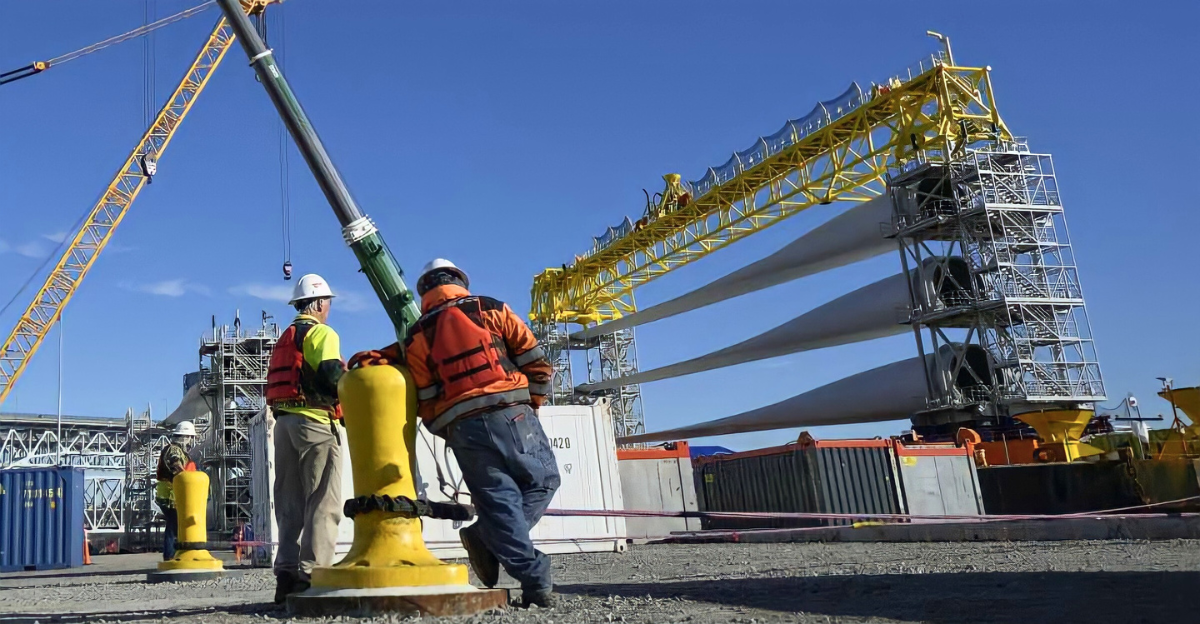
President Trump has shocked the renewable energy world by stopping all federal wind energy projects across the U.S. This freeze halts projects already underway and those still in the planning stage. The administration says the decision protects national security and prevents economic misallocation, but many experts strongly disagree.
State governors, unions, and renewable energy companies warn that this abrupt move could slash thousands of jobs, waste billions in investment, and reduce reliable electricity for millions of homes. The impact is not just about energy, it’s about livelihoods at risk and a major shift in America’s energy future.
Rising Stakes in Energy

The Department of Energy has pulled back more than $13 billion in clean energy funding originally promised by the Biden administration. These funds were intended for wind, solar, and battery storage, the backbone of future energy expansion.
China and Europe are currently investing billions in renewables, while the U.S. is freezing progress. For construction crews and utility companies, years of planning are suddenly in jeopardy. Families who hoped for stable electricity prices now face rising costs as utilities struggle to adjust.
A Major Policy Shift

This freeze is not an isolated action, it’s part of a much broader rollback on renewable policies. Since his second term began, President Trump has consistently pushed back against projects on federal land and coastal waters. The move is a sharp reversal from Biden’s agenda, which aimed for rapid clean energy expansion.
Renewable energy companies depend on consistent, long-term approvals to secure investments, but now delays are freezing billions of dollars in projects. This hinders the country’s ability to build a modern, reliable electric grid.
Industry on Edge

Large wind projects that would have transformed energy options are now suspended indefinitely. Among them are offshore wind farms that were close to completion.
Most strikingly, $679 million dedicated to building specialized ports for assembling and maintaining wind turbines has been canceled. These projects were never just about power, they were about job creation, business opportunities, and long-term community stability.
Jobs and Power at Risk
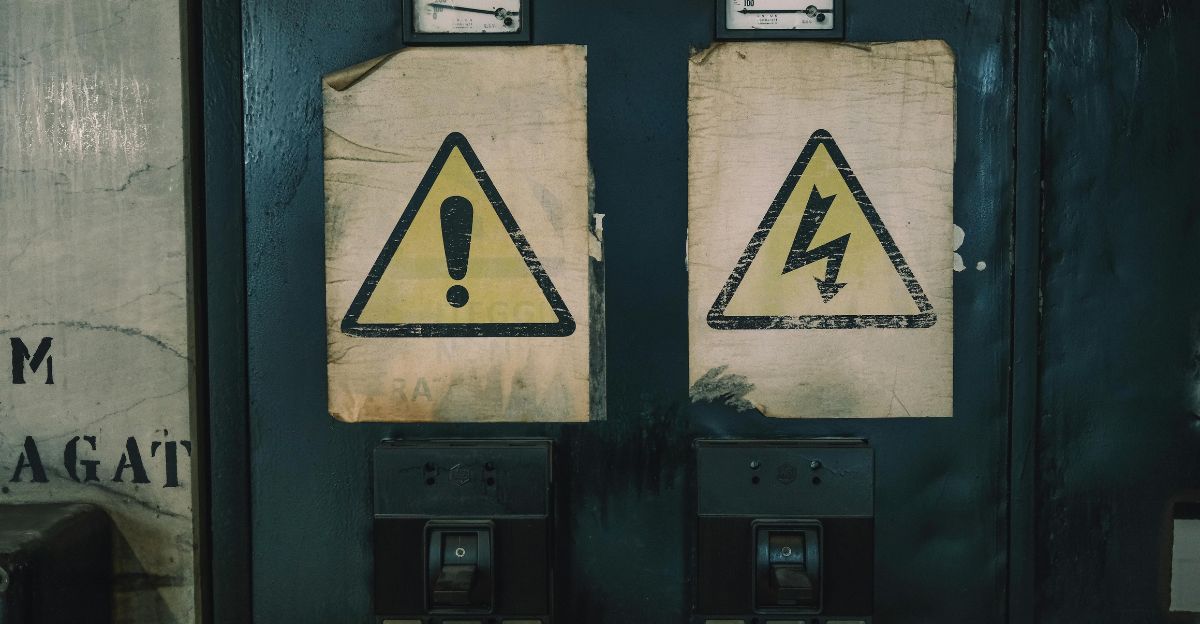
Analysts estimate up to 9,000 jobs in construction, steel, assembly, and turbine maintenance could be lost in the short term. These are high-paying, union-backed jobs that workers relied on for stable futures. At the same time, stalling energy projects may mean less capacity added to the nation’s power grid, potentially affecting as many as 5 million American homes.
“To stop a project that’s 80% complete, lay off hundreds and hundreds of tradesmen and women and other people that are supplying that industry for no apparent reason… makes no sense,” said Michael Sabitoni, president of the Rhode Island Building and Construction Trades Council.
Communities Left Hanging
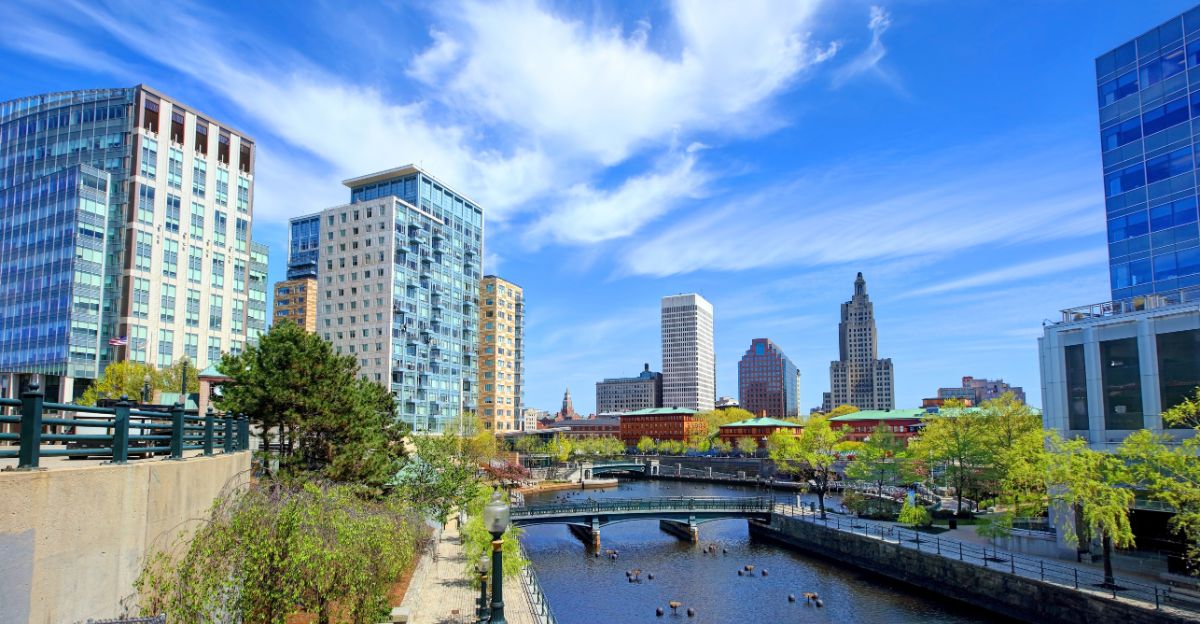
In Rhode Island, the impact feels personal. Construction crews were ordered to stop work on a massive wind farm that was nearly finished. The sudden halt was a painful shock for workers who had spent years building the project. Families depending on those paychecks now face an uncertain future.
In neighboring states like Connecticut and Maryland, the same anxieties echo. They’ve been building a future there, and overnight, it was pulled away. Now, they’re left with half-complete projects and fears of long-term decline.
Union Anger Boils Over

Labor unions in the Northeast are speaking out fiercely against the wind freeze. The AFL-CIO and local building trade councils call this move a betrayal of America’s working class. Skilled professionals who spent years training and building these energy projects now find themselves unemployed.
Higher Bills Ahead

Experts warn that the wind freeze could mean higher electricity costs, especially in New England, and states are hit hardest by canceled projects. Losing clean energy sources forces utilities to use more expensive, less reliable fossil fuels.
Connecticut, Rhode Island, and similar states already have some of the highest power bills in the country. With wind power off the table, these costs could climb even more. The Energy Information Administration forecasts electricity bills may rise by about $219 per year for each American household, reaching $1,900 annually by the end of 2025.
Warning from Energy Leaders

Industry groups like the American Clean Power Association warn the freeze will not just kill jobs but also undermine America’s push for clean power and climate resilience. Energy experts worry that with fewer renewable projects being built, the risk of blackouts and power shortages grows.
Affordable, reliable energy for millions of families hangs in the balance, as does America’s global leadership in new technology.
Ripple Effects Beyond Wind

The freeze isn’t just hurting wind energy workers. Analysts report that it’s also causing job losses in related fields like shipping, steelmaking, and services. The federal cancellation of $679 million for port upgrades means less business for local firms and communities.
Market experts say cutting planned investments will leave port cities and rural towns struggling for years. States relying on the green industry feel these ripple effects far beyond just power generation.
States Push Back
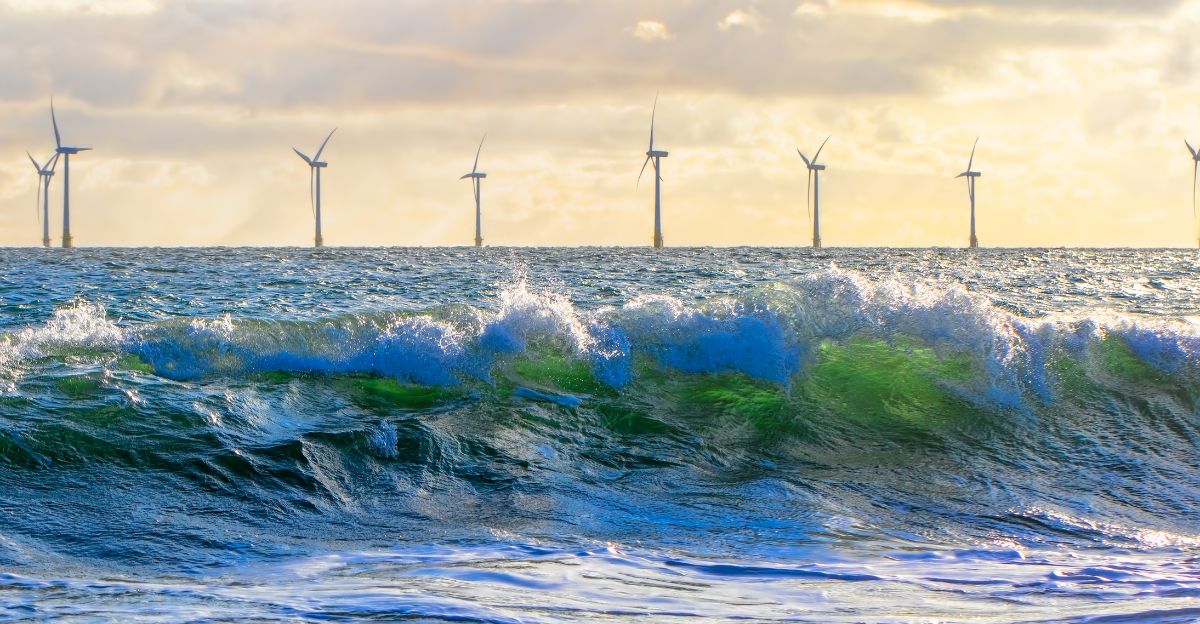
Governors from Massachusetts, Maryland, Rhode Island, and California are fighting the federal wind freeze. They say it hurts their local economies, raises future power costs, and endangers efforts to tackle climate change. Legal coalitions from 18 states have joined together to challenge the suspension in court, arguing that Washington should cooperate with state governments, not work against them.
“A lot of our members… voted for this administration, and this isn’t what they voted for,” said Michael Sabitoni, president of the Rhode Island Building and Construction Trades Council. “They didn’t vote for them to put them on the unemployment line.”
The Battle in Court
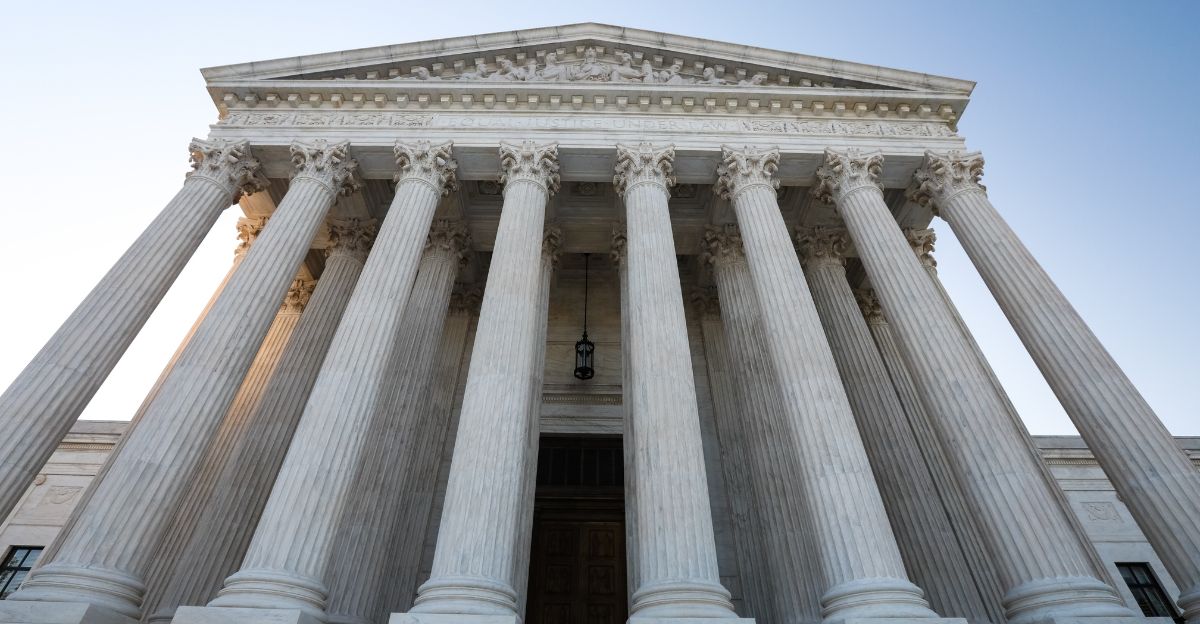
Wind project developers, state attorneys general, and unions are taking their struggle into the courtroom. In a recent legal battle, a federal judge allowed the Danish company Orsted to restart building the Revolution Wind farm off Rhode Island, even as Trump’s administration tried to block it.
“Our ambition is not to wind up immediately in litigation,” said Jason Grumet, CEO of the American Clean Power Association. “But multibillion-dollar companies with multibillion-dollar projects on the line will obviously use all recourse if they believe that they’re being unfairly undermined.”
Advocacy and Opposition
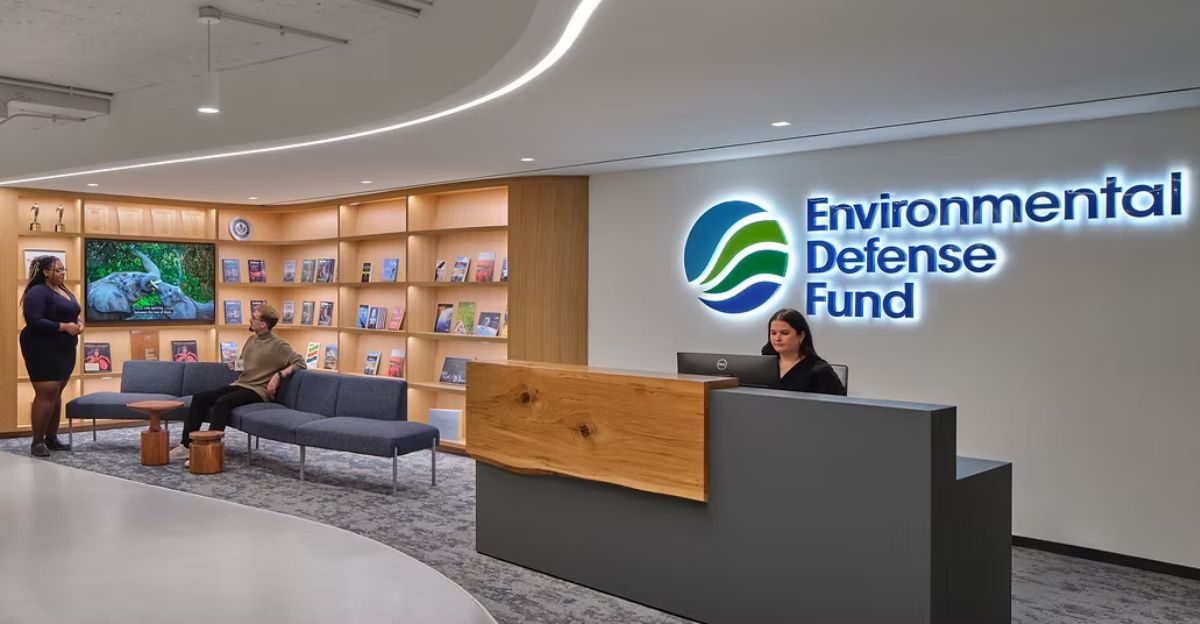
Clean energy groups like the Environmental Defense Fund (EDF) and the American Clean Power Association are launching campaigns to reverse the wind freeze. Their leaders warn that “affordable, reliable electricity for millions is now at stake.”
The ACP stresses that policy swings put America’s renewable future at risk and could hinder investment, innovation, and competitiveness. Union and industry coalitions are calling on the government to clarify its energy plans and end the uncertainty.
Why Did Trump Halt Wind Projects?

President Trump’s administration says that federally backed wind energy projects take away resources needed for traditional industries like shipping and oil. Officials claim national security is at risk without providing clear specifics.
Transportation Secretary Sean Duffy calls wind subsidies “a misallocation of taxpayer money.” Many experts, however, say the government’s arguments remain vague, often citing broad threats rather than specific evidence. Clean energy groups argue that National security shouldn’t be used as an excuse to block progress.
Is America’s Power Grid in Danger?

The freeze on wind projects comes just as the nation faces growing challenges to keep the lights on. As more Americans use electricity for cars, heating, and data centers, grid experts warn the U.S. is approaching a supply crunch. Renewable projects, especially wind, were expected to fill much of the gap.
Now, with these stalled, utilities may have to lean harder on aging fossil plants, increasing the risk of blackouts and driving power costs higher. “The industry was hoping that the cost would come down,” said Artem Abramov, head of new energies research at the consultancy Rystad. “We haven’t seen any projects in the United States which was able to achieve a lower levelized cost of energy.”
Investigations and Lawsuits

At least 17 states, plus the District of Columbia, have filed lawsuits arguing the federal government does not have the right to issue an indefinite pause on offshore wind. Legal experts believe the freeze could erase nearly $100 billion in investments and cost 40,000 jobs if it lasts until the end of Trump’s term.
Hearings focus on whether the administration considered real risks or acted arbitrarily. These lawsuits could take years to resolve, with developers, unions, and local officials all demanding answers.
Companies Not Affected
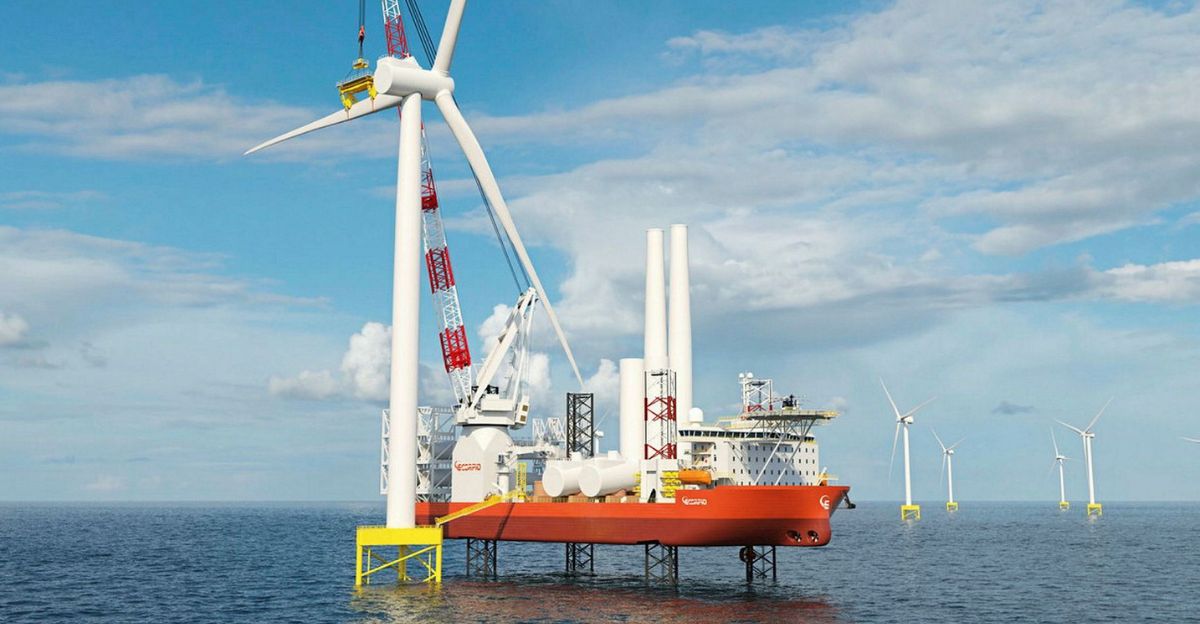
Orsted’s Sunrise Wind and Revolution wind projects, which are under construction in New York and New England, respectively, should not be impacted by Trump’s order.
“We are fully committed to moving them forward and deliver on our commitments,” said Orsted’s CEO, Rasmus Errboe. “We do not expect that the executive order will have any implications on assets under construction, but of course for assets under development, it’s potentially a different situation.”
An Unhappy Public

Public reaction to Trump’s wind freeze is heating up on social media and in city streets. Misleading posts often claim projects were stopped for partisan reasons, while energy experts stress that policy reversals, not local politics, caused the mass stoppages.
Labor unions and grassroots groups have organized rallies in Boston, New York, and Los Angeles, demanding restoration of federal support for wind energy.
Past Energy Shifts

Analysts say America has seen disruptions like this before. In 2017, solar tax credits were rolled back; in 2015, fuel efficiency standards were paused. Each time, markets suffered, jobs were lost, and investors held back.
Experts warn that frequent policy changes prevent long-term growth in clean technology. “If you want stable jobs and affordable energy, you need stable policy,” says Michael Gerrard, Columbia University energy law scholar.
What’s Next for America?
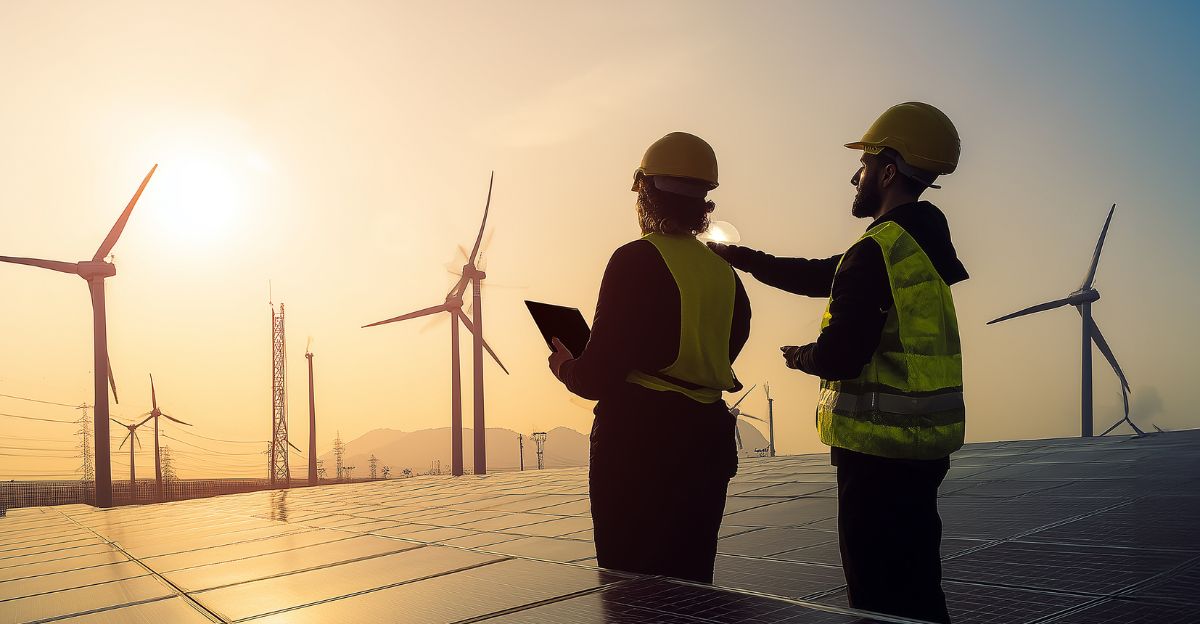
The Trump administration’s freeze on wind energy projects is a huge test of priorities for the nation. The ongoing debate is about more than power, it’s about who controls America’s energy future. Industry leaders call for compromise, clarity, and steady rules to protect jobs and grid stability.